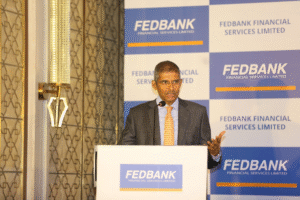Why GPT-5’s most controversial feature—the model router—might also be the future of AI
By Sharon GoldmanBy Sharon GoldmanAI Reporter
Sharon GoldmanAI Reporter
Sharon Goldman is an AI reporter at Fortune and co-authors Eye on AI, Fortune’s flagship AI newsletter. She has written about digital and enterprise tech for over a decade.
OpenAI CEO Sam Altman touted the model router as a way to tackle what had been a hard-to-decipher list of models to choose from.Chris Jung/NurPhoto via Getty Images
OpenAI’s GPT-5 announcement last week was meant to be a triumph—proof that the company was still the undisputed leader in AI—until it wasn’t. Over the weekend, a groundswell of pushback from customers turned the rollout into more than a PR firestorm: It became a product and trust crisis. Users lamented the loss of their favorite models, which had doubled as therapists, friends, and romantic partners. Developers complained of degraded performance. Industry critic Gary Marcus predictably called GPT-5 “overdue, overhyped, and underwhelming.”
Introducing the 2025 Fortune Global 500
, the definitive ranking of the biggest companies in the world. Explore this year’s list.



















